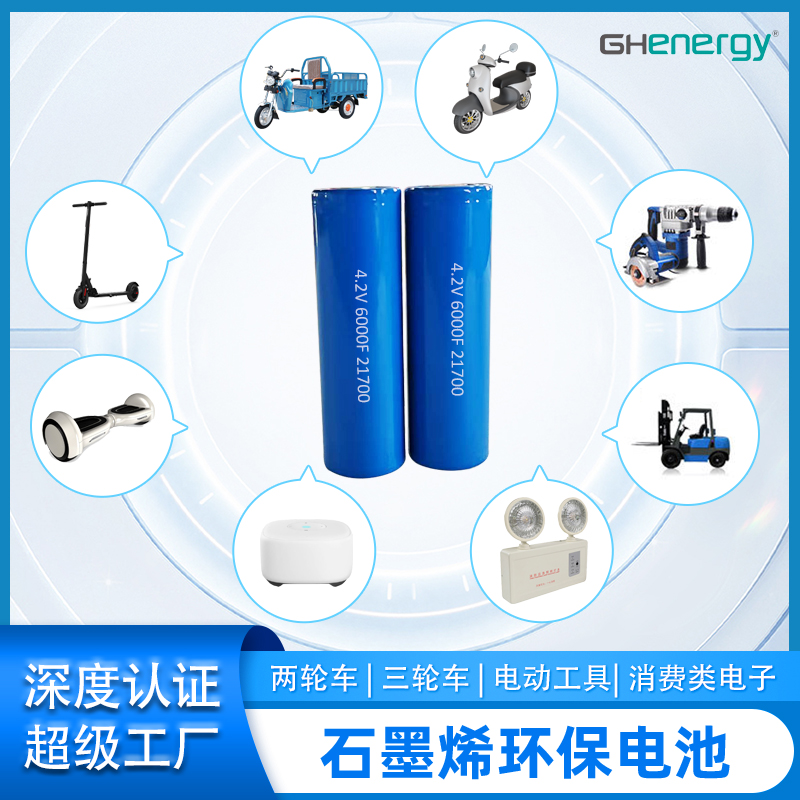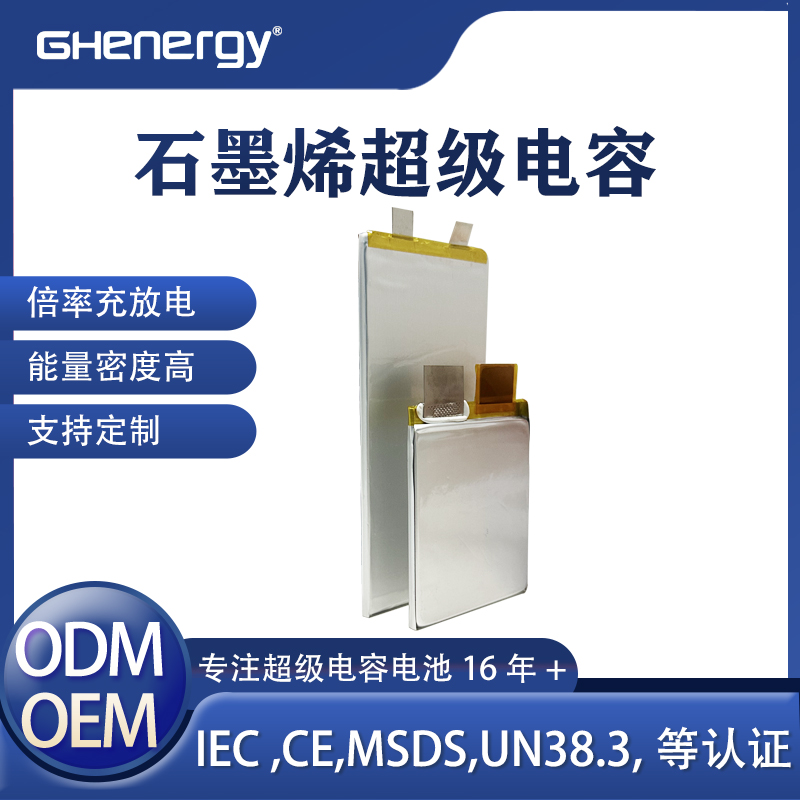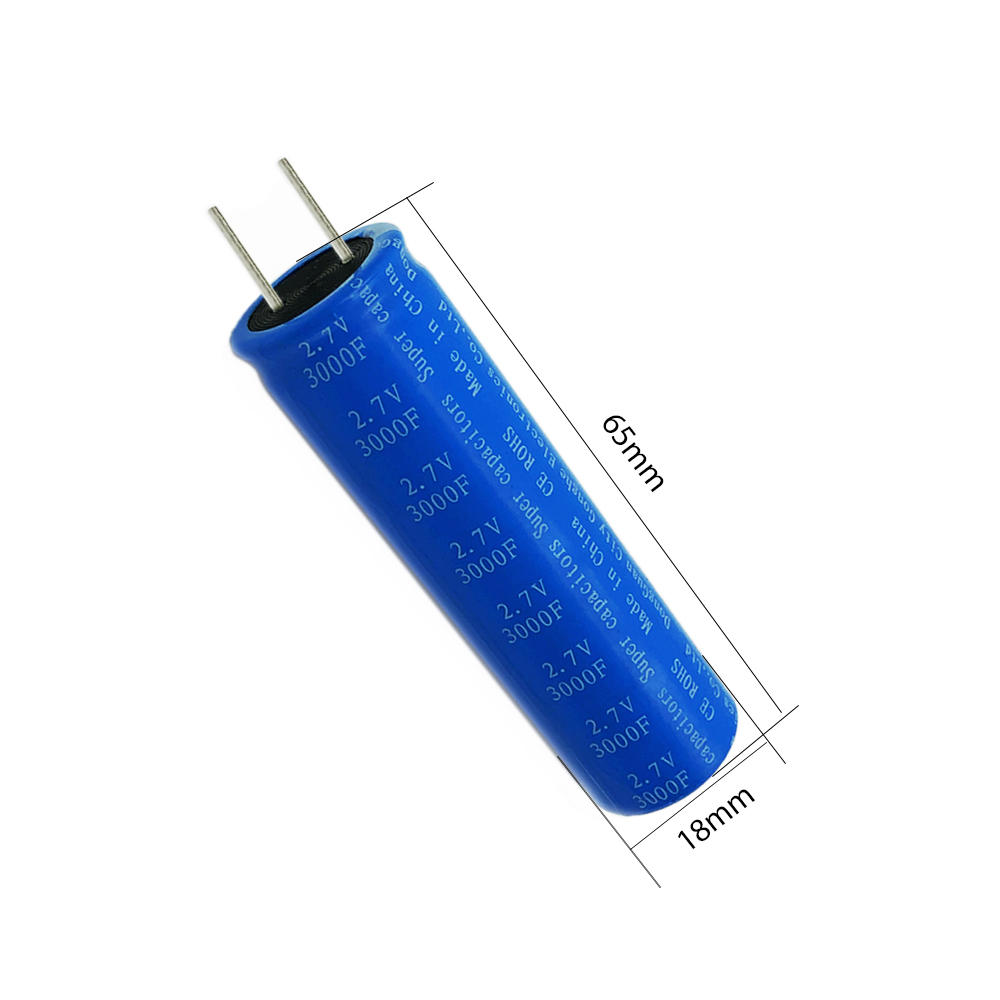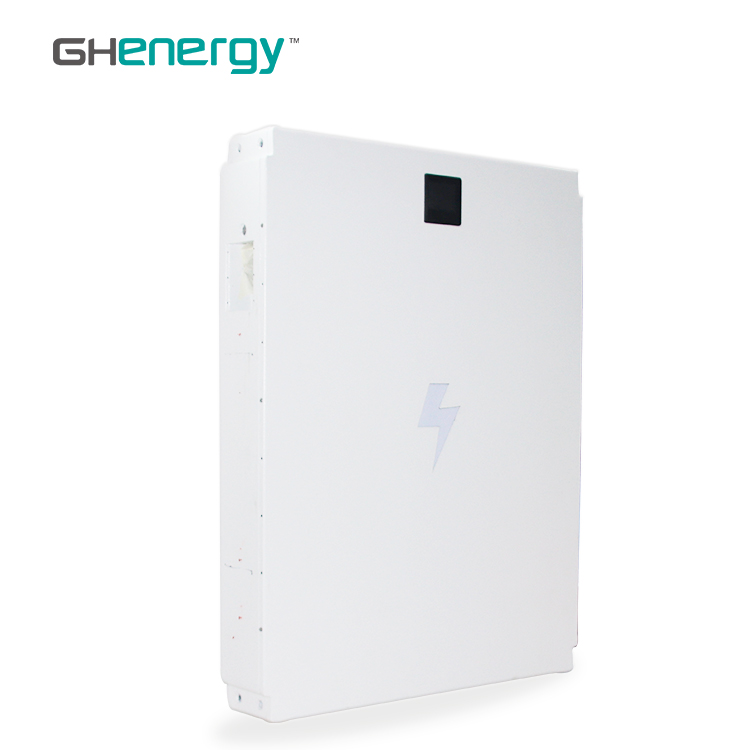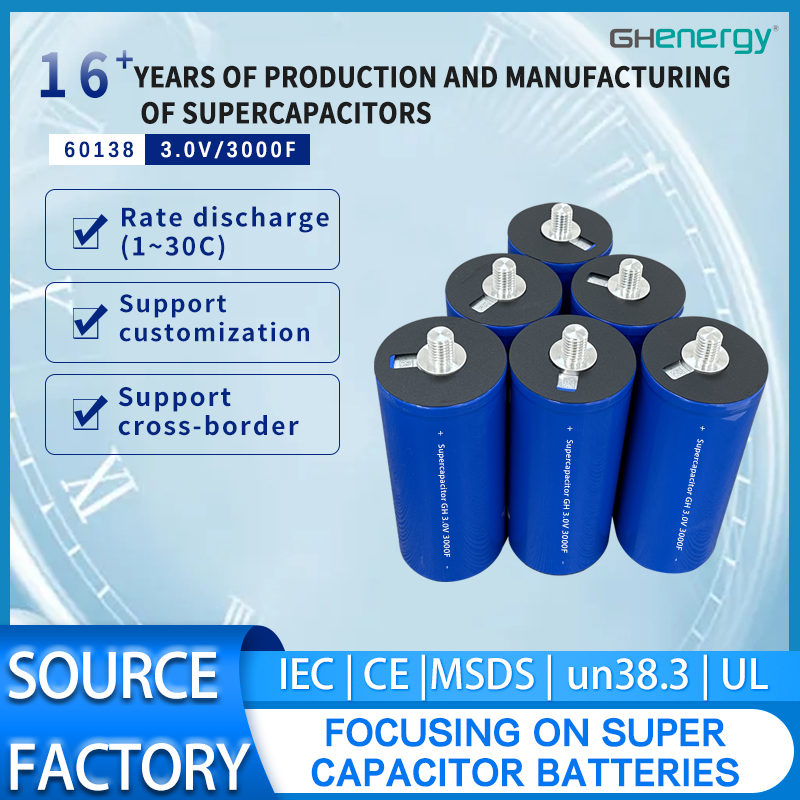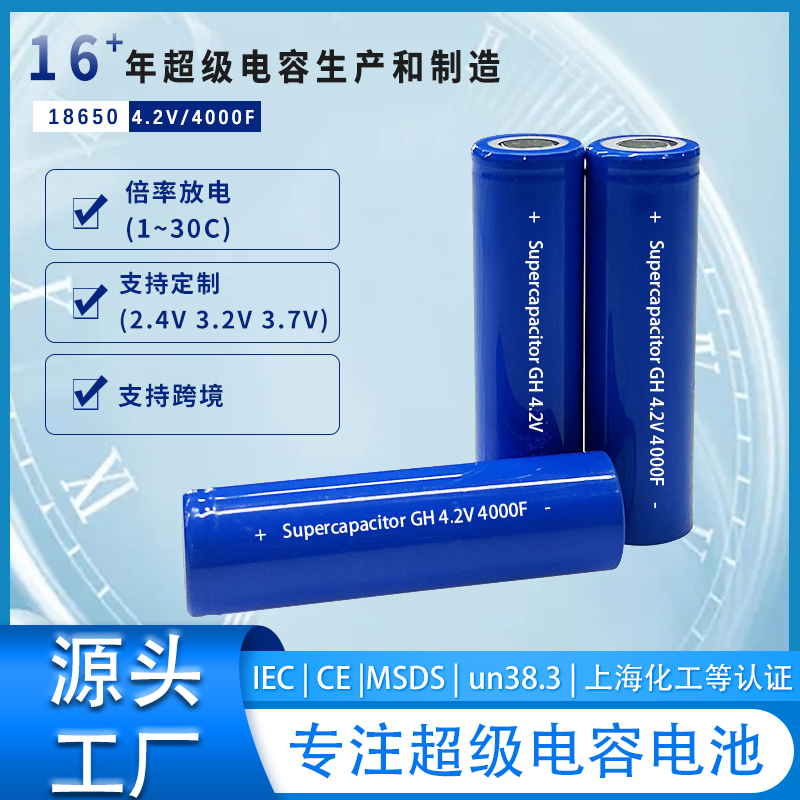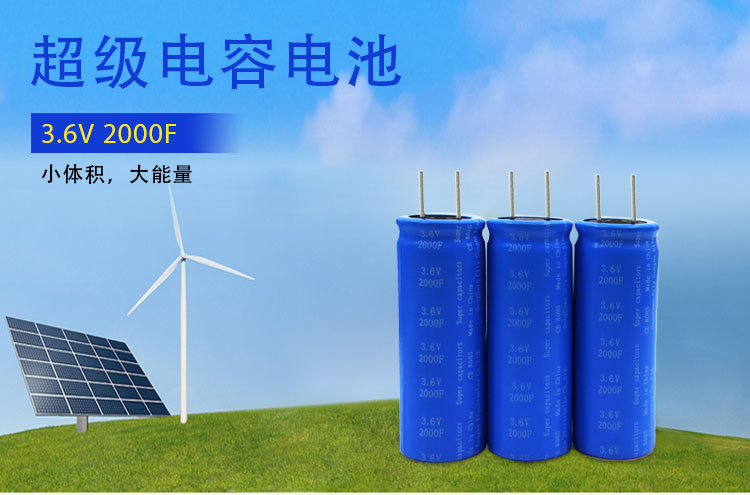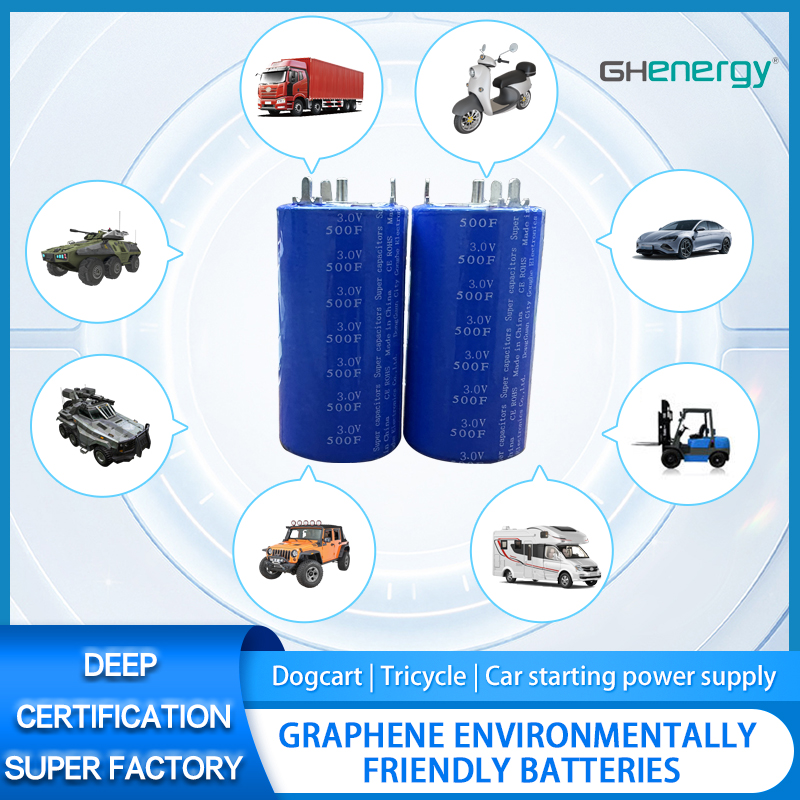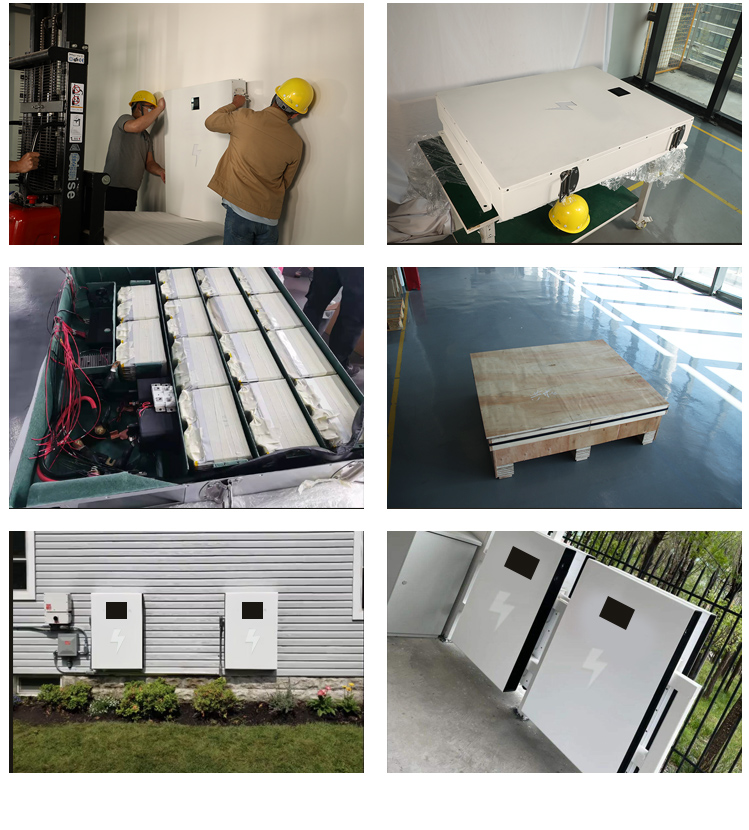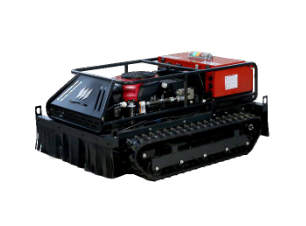Wedoany.com Report-Nov 13, The United States Air Force (Department of the Air Force / DAF) currently has an open solicitation call for novel approaches to generate electricity at its installations using geothermal energy. The call is open until 3 January 2025.
The official solicitation can be viewed via this page.
Expanded scope
An amendment made to the original solicitation significantly expands the scope of the call, as well as the potential benefits to vendors deemed as qualified. The opportunity is thus not limited to Travis Air Force Base.
Although originally published by the DAF, the Tradewinds geothermal solicitation has a much wider scope of benefits for the selected vendors. Those with submissions that are deemed “awardable” will be able to pursue geothermal projects anywhere in the world with the U.S. Air Force, Army, and Navy at any time in the future without having to engage in any further competition.
The process allows “awardable” vendors to to engage in iterative, strategic conversations with the Departments of the Air Force, Army, and Navy without having to worry about artificial solicitation timelines, thus also shortening the time for geothermal project development. This solicitation allows for multiple vendors to be deemed “awardable.”
Problem statement
DAF installations largely rely on off-site electricity to conduct its globe-spanning, national security missions on land and in air, sea, space, and cyberspace. Dependence on off-site electricity, however, creates mission risks, because electrical grids are susceptible to outages from extreme weather and cybersecurity attacks by determined adversaries.
To maintain mission continuity and comply with congressional mandates to maintain energy resilience for all critical missions at each installation, DAF is seeking novel approaches to generate electricity at its installations using geothermal energy, because it can provide, continuous, resilient, carbon-free electricity regardless of weather conditions. While current renewable energy solutions such as wind and solar can supply on-site energy, such solutions provide intermittent power and require battery energy storage or other solutions to maintain energy resilience, unlike geothermal energy.
Despite its advantages, there are numerous technological and geological barriers to geothermal energy that have hindered the U.S. government’s ability to construct a utility-scale geothermal facility on federal land to directly supply electricity to its missions. While newer geothermal technologies such as advanced geothermal (i.e., closed-loop) and enhanced geothermal technologies hold the promise of producing power without having to rely on naturally occurring, hot, underground, water resources, such technologies do not currently exist at utility-scale.
Given the recent introduction of these new technologies, DAF is seeking to conduct a business process prototype to determine whether these technologies are technically and economically feasible at DAF installations in the United States. Under the prototype, the selected vendor(s) would (a) gather data through geoscientific exploration, (b) map out the resource, (c) develop an engineering design for a utility-scale facility to produce electricity and green hydrogen through electrolysis to power fuel cells, and (d) propose a deal structure for the sale of the electricity and hydrogen to DAF and others.
If electricity production is technically and economically feasible, the prototype project may be considered further for future construction of a utility-scale facility for the production of electricity and hydrogen. DAF would not execute a long-term contract under the prototype to purchase the electricity and hydrogen commodities. Rather, DAF would execute a sole-source, follow-on contract only after the prototype has been successfully completed. Once the follow-on contract has been executed, construction of the facilities could proceed. DAF would not own the facilities, rather it is expected that a third party would own, operate, and maintain them. The government may also consider scaling a successful prototype to other DAF installations in the United States.
How to apply
Interested applicants will need to submit a video pitch via the Tradewinds Solution Marketplace. More guidelines and instructions for submission at the Special Topic Opportunity page.
There are five required elements that each video submission must address:
Identification of the Problem(s) addressed
Description of the technology or service solution and its application to the problem(s) identified.
Technical: Approach to conducting any geoscientific exploration, remote sensing, mapping, drilling, etc., and integrating the data into a robust resource conceptual model. Identify any teaming that may be necessary to complete this approach.
Environmental: Details on plans for conducting all environmental analysis (e.g. National Environmental Policy Act). Identify any teaming that may be necessary to complete this approach.
Potential impact of the solution if adopted by DoD
Examples: Provide case studies or examples on how to design a utility-scale facility (at least 5 megawatts) to meet and perhaps exceed the energy customer’s electricity or hydrogen needs cost-effectively.
Differentiation from other technology and service solutions which address the same or similar problem(s)
Pricing Model
Financing: Details on plans for fully financing (100%) the prototype with DAF providing land, site control, and access to an installation’s facilities for the prototype project.
The DoD as a first-mover on geothermal technologies
The DoD is a risk taker and first mover on many cutting-edge technologies. Geothermal is the Air Force’s number one energy resilience technology priority given its promise of being able to provide resilient, 24/7 baseload power to Air Force installations. Thus, the Air Force created this process so that they and the other Services could be first movers and easily work with the geothermal industry.
The DoD has been very active in recent years in engaging with geothermal developers and technology providers. In late 2023, the DoD signed contracts with Eavor Technologies, TEVERRA, and Zanskar Geothermal and Minerals to evaluate geothermal resources and viability at their sites in California, Idaho, Texas and Alaska. This was further expanded in mid-2024 with contracts with Fervo Energy, Sage Geosystems, and GreenFire Energy.
